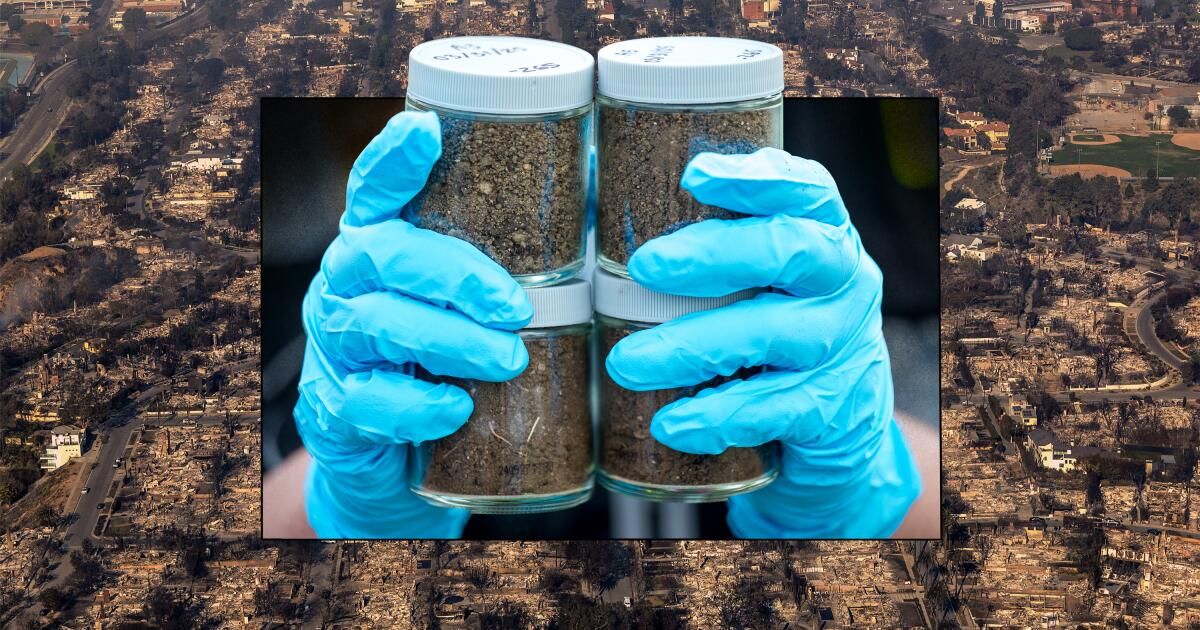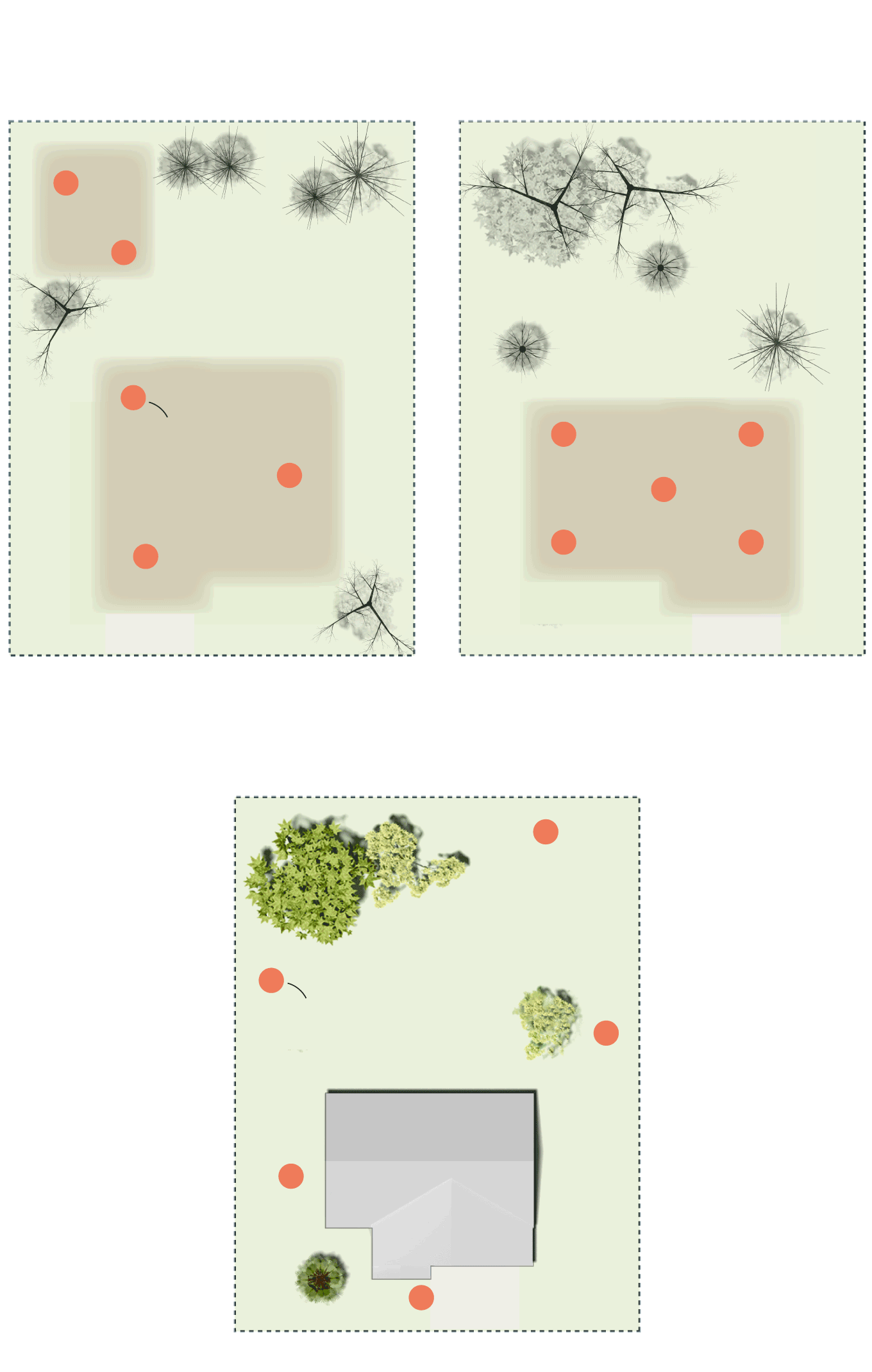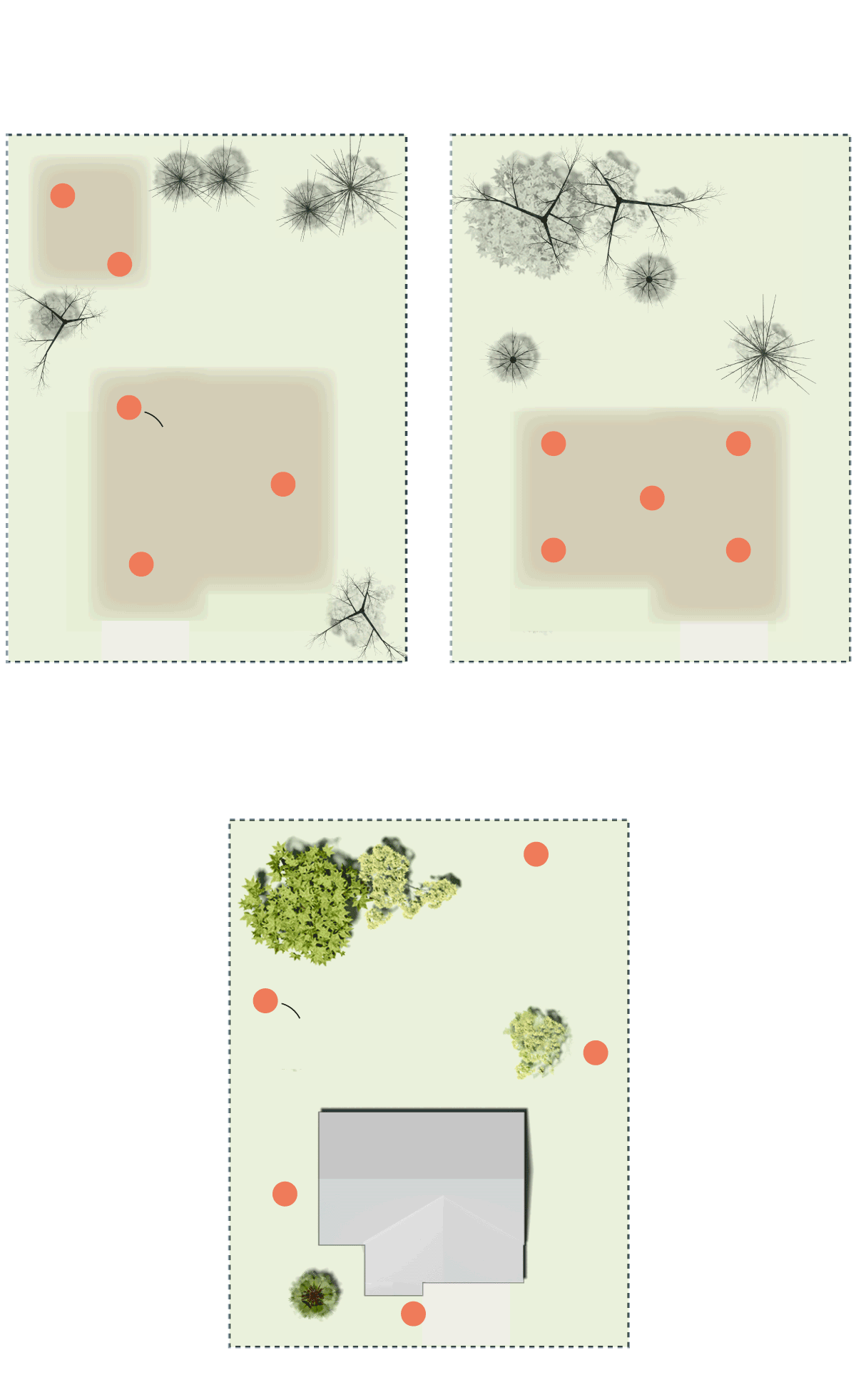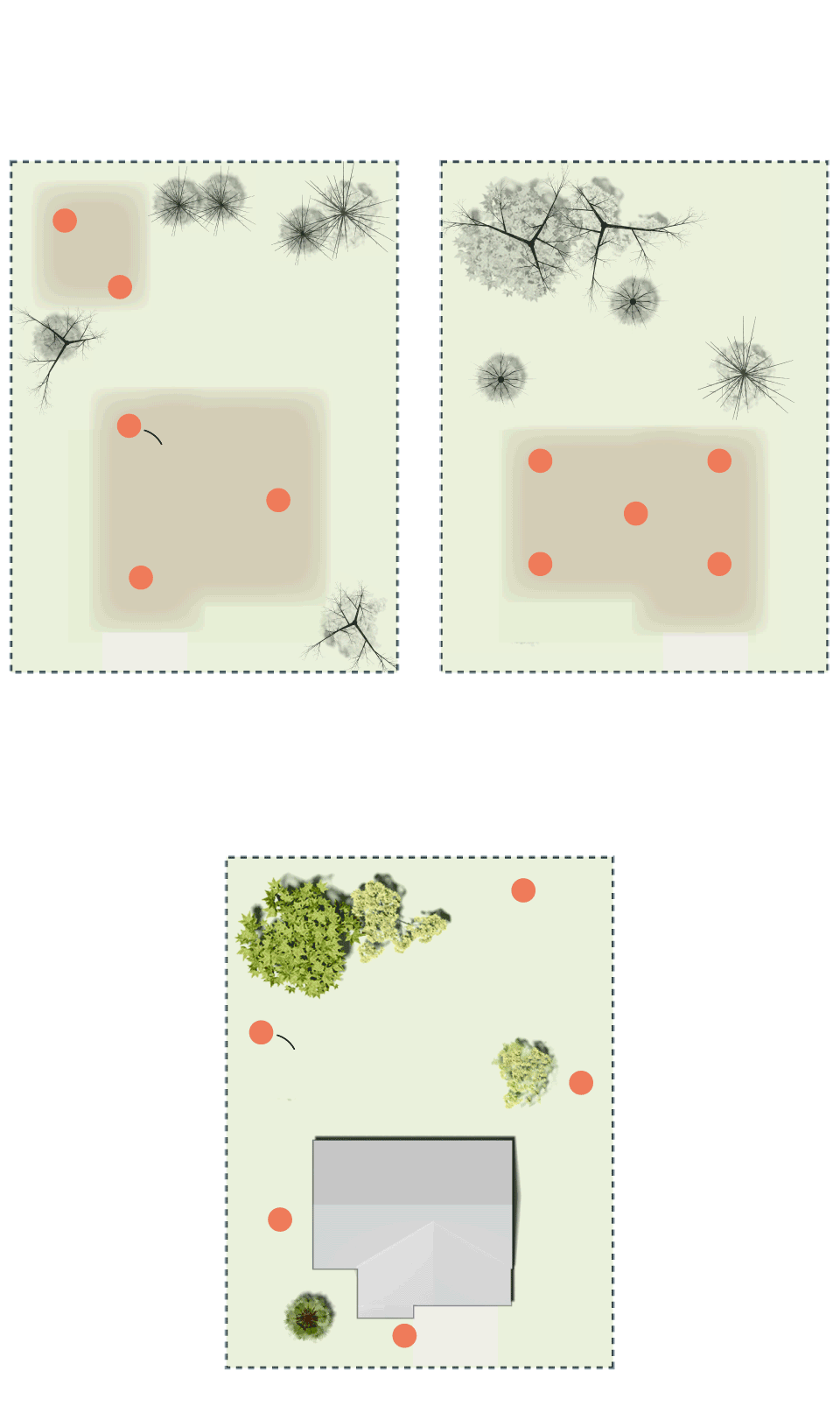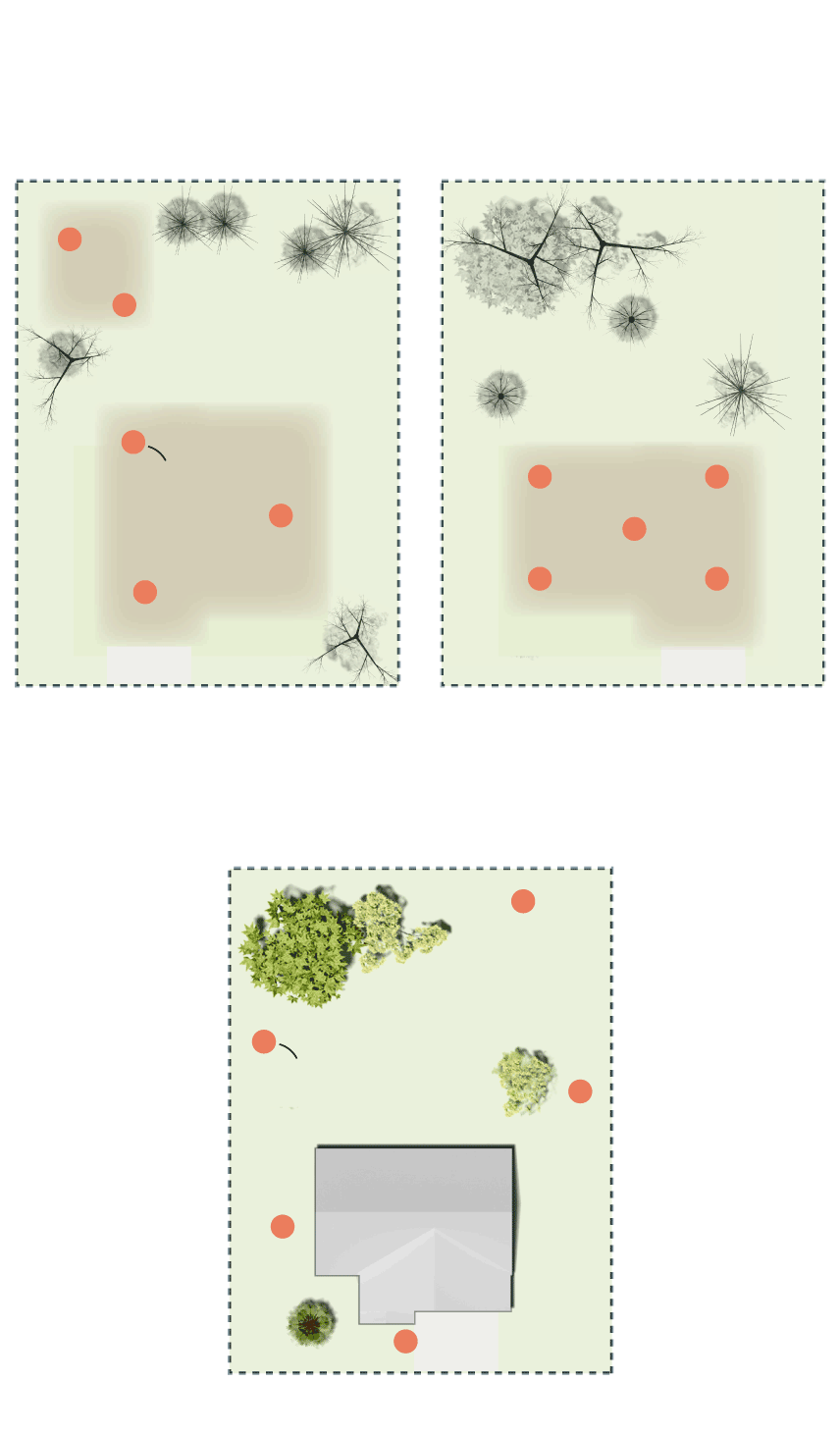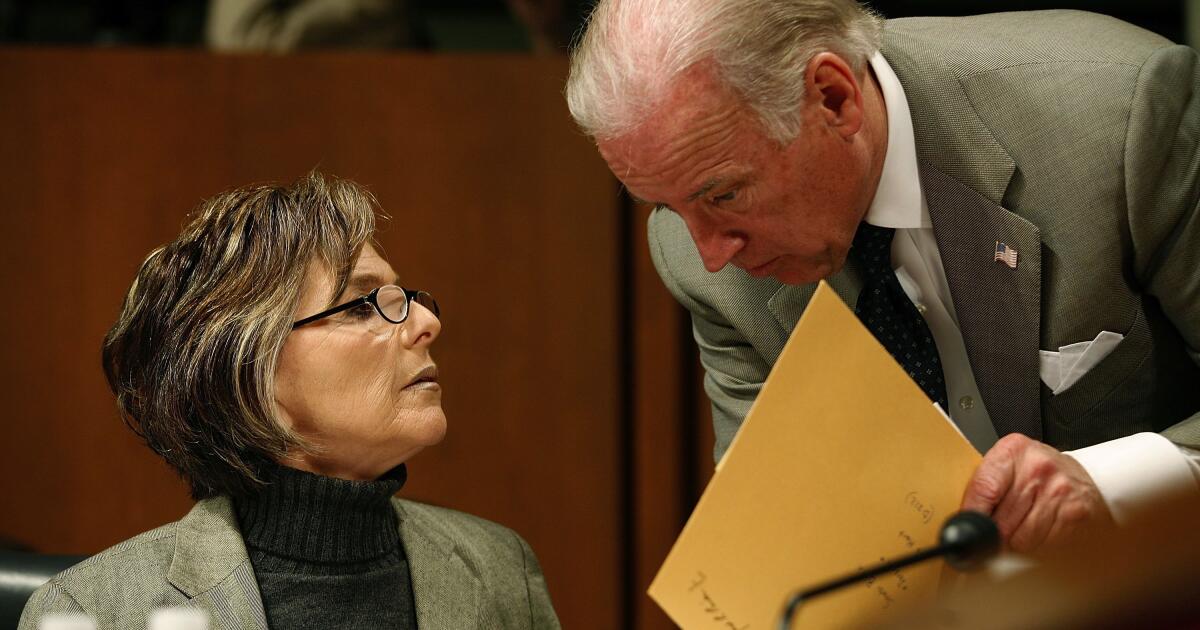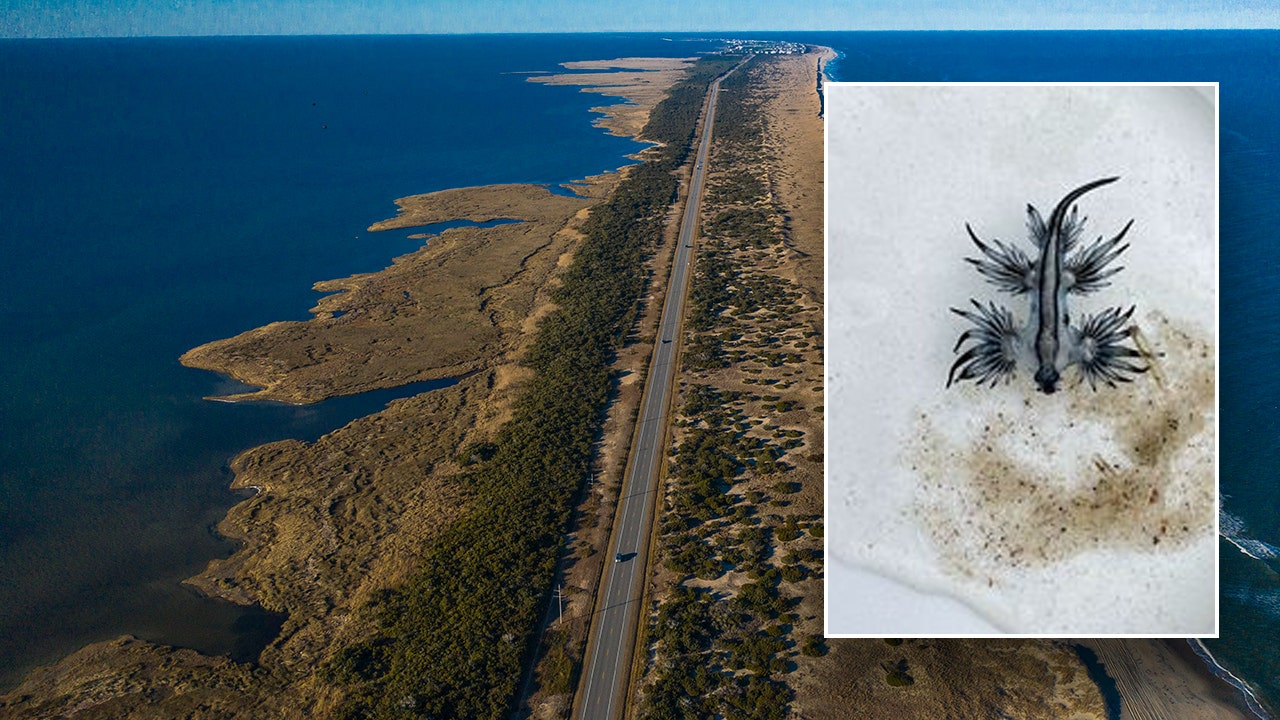For three days at the end of March, four reporters from Los Angeles Times the Environment and an editor deployed through the scars of Eaton and Palisades to collect 40 samples of land of residential properties: 10 in each area of burns from properties where the elimination of debris was completed by the body of engineers of the army and 10 in each area of burns foot.
At each stop, the team put vinyl gloves and starting covers to avoid the spread of pollution and collected five spaced samples evenly with a hand tool that takes 4 -inch soil nuclei. In standing houses, we tried the whole patio. In the destroyed properties, we took the sample within the footprint of the previous structure, where federal cleaning equipment had cleared the debris and scraped up to 6 inches of earth.
Times journalists mixed these five samples in a lined cube to create a “compound” sample to test in the laboratory. This sample pattern is designed to account for a wide range of soil conditions on each property and serve as an average, since it is possible that a given property may be completely devoid of metal pollution, while another could be very contaminated. Composite sampling is a common practice in the recovery of forest fires.
Between each property, the equipment disinfected all soil collection equipment with distilled water and wipes, and changing the gloves and starting covers, so that they could not accidentally track from one place to another.
We stored the samples in jars provided by laboratory and kept the samples refrigerated to 38-40 degrees. At the end of the collection week, our editor led the samples to BSK Associates, an environmental test laboratory with certification of the State that tested the soil on behalf of the Government after the Fire Came Fire and 2024 Mountain, Park and Borel Fires.
BSK used a method approved by the Environmental Protection Agency to test 17 metals more often studied in the recovery after fire. To do this, BSK used an instrument that classifies different elements within the ground by mass and counts the atoms. Since each of these 17 elements has a unique atomic mass, for example, only lead has an atomic mass of 0.34 billion millions of grams, BSK could determine the concentration of metals.
In each step of the process, our team and BSK meticulously documented the chain of custody for the samples, creating a record of, at all times, whose individual was responsible for the custody of each individual sample.
The Times methodology rigorously followed the land test practices of the previous official Wildfire efforts. Our team reviewed documents that describe the response for camp fires and Woolsey, and spoke with land test experts familiar with the standard methodology for Forest Fire in California.
To find participants, we identify permanent properties using the data and damage inspection properties of the California Forestry and Fire Protection Department that had finished the elimination of rubble using the Body of the Army Corps. All participants consented to prove their properties, and their exact addresses have been anonymized.
The test methodology used by times is a conservative reading. Through the use of compound samples, high levels of contamination of a part of the property can be diluted by relatively not contaminated sections in other parts of the property.
In addition, due to cost considerations, the Times methodology differed from the typical postfire soil test practices in a key way: in the previous fires, soil testers would collect multiple compound samples for larger properties, approximately one sample for 500 square feet. Our team took only one sample composed of property, regardless of its size.
This means that the results of the Times had a greater potential to lose the smallest hot pollution points in the properties.
The Times found that two properties authorized by the body of the army in Altadena still had pollution above the typical state health objectives: an arsenic, a leader. The houses on the standing of arsenic, lead and mercury levels above the typical cleaning objectives, in three of the 10 houses that our team tested. The Times found only a unique reading above the typical cleaning objectives in Las Palisades: a home with high levels of arsenic.
Information sheet
Heat record. Furious fires. What are the solutions?
Obtain a boiling point, our bulletin on climate change, the environment and the construction of a more sustainable California.
Occasionally you can receive promotional content from Los Angeles Times.

